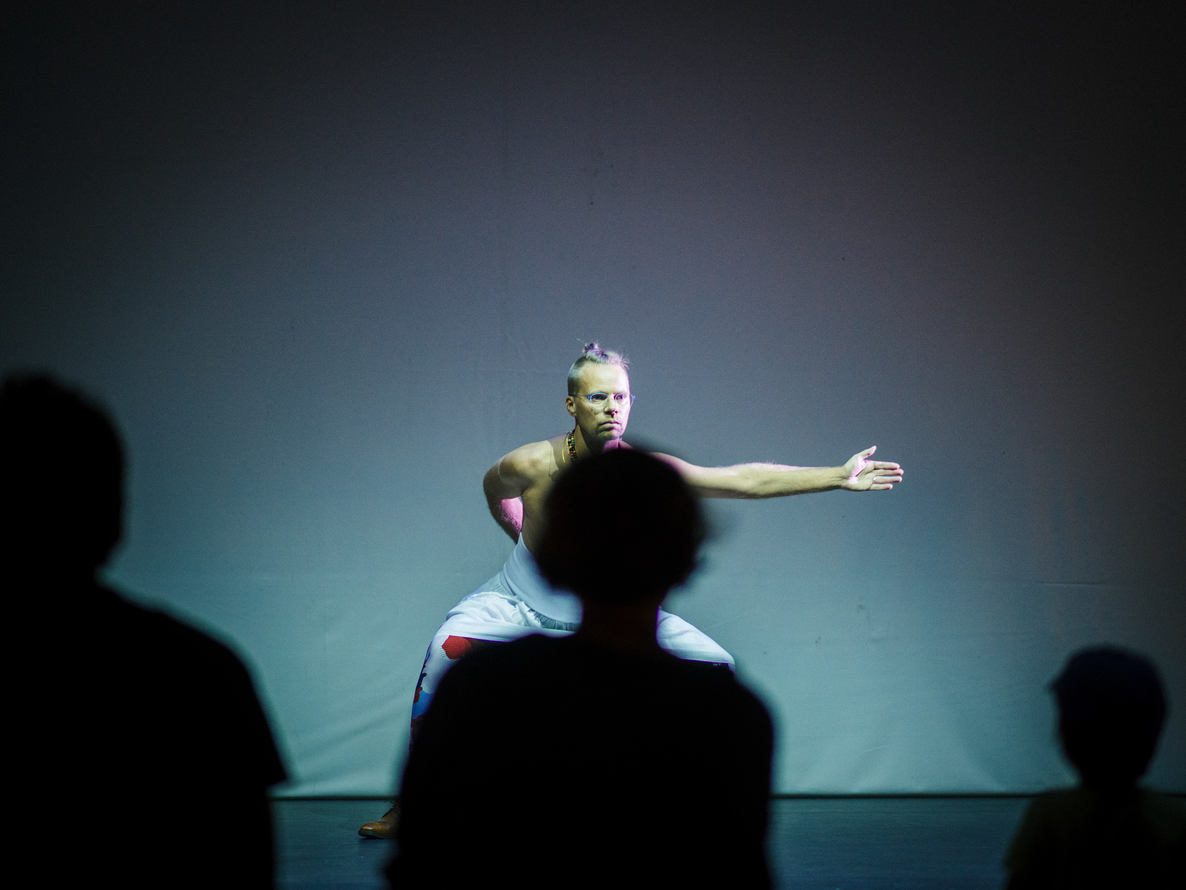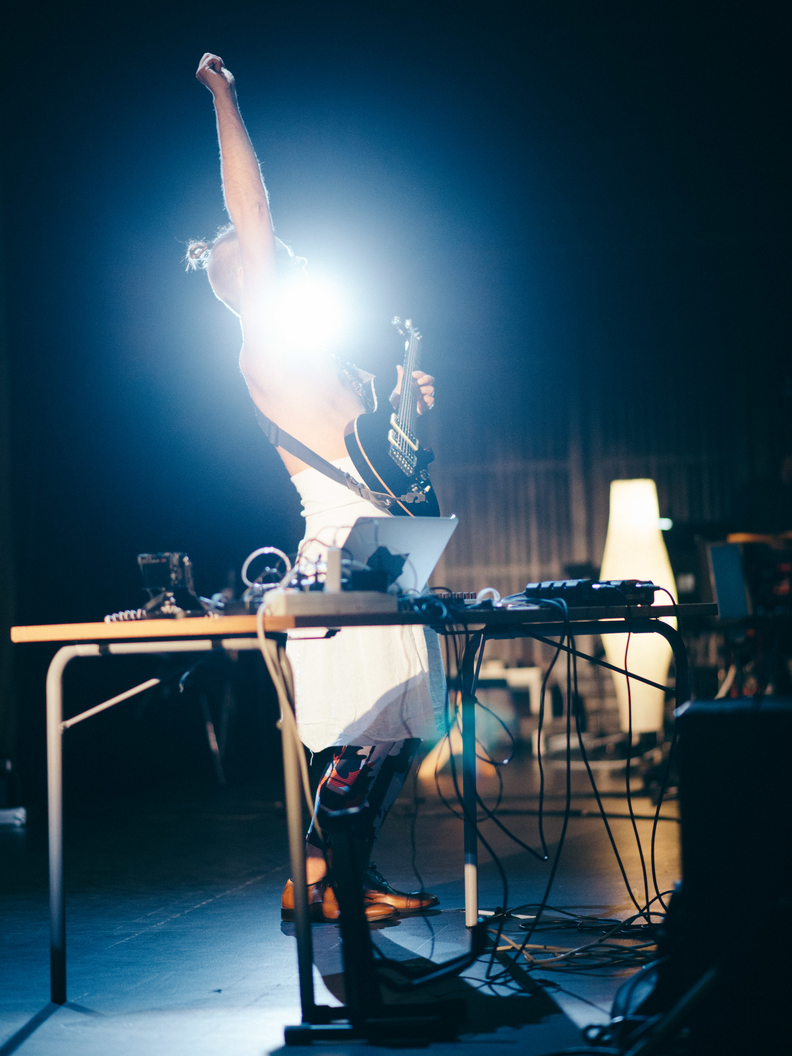Project at the RP
At the Research Pavilion 2019, Electronic Chamber Music wished to push the ensemble's experimental research component further and explore the possibilities of the group’s expansion towards other forms of artistic expression. Using the analogy of a territory, the initial research question was: how much can we expand from our native territory of ensemble musicianship towards installation art, writing, discursive forms, performance, conceptual works, yet still keep the artistic relevance intact? Or, where are the limits of our territory as musicians-academics, where does the output become meaningless, unskillful, out of context?
The motivation for this ‘Territories and Dialects’ proposal stems from our own transdisciplinarities. The shared sustained practices of the quartet involve musicianship, composition, sound art, sculpture, electronics, computer programming, writing, dance, visual arts, performance and pedagogy.
Within the music practice, there is an unspoken contract which limits our intersubjective expression to the sonic doman. We were motivated to question this assumption and explore the ensemble as a transdisciplinary platform - but still maintain the core ensemble form.
Background - Musical challenges of summer 2019
Electronic Chamber Music has been active since 2016, with regular concerts and rehearsals allowing for a gradual development of a shared language. The musicians have learned to know each other's sound, style, possibilities and limitations. The ensemble's music has much changed since the beginning, with a succession of phases involving different approaches to creating musical coherence and interest. The work on the band's 2018 eponymous album conrtibuted to solidify a sonic palette that the ensemble has been using since.
In between our visits to the Venice RP, the ensemble played an important concert at the Jyväskylän Kesä festival in Finland. The band had already been talking of a stylistic reneval, and the concert sparked ideas on how to proceed towards a new direction. The concert was felt to be successful on its multi-layered sonic textures, but the ensemble felt that it lacked physical presence, engagement and rhythm - a more corporeal energy driving the performance
Research aims at the Research Pavilion
Stemming from our experience at Jyväskylän Kesä, we opted for three areas to work on at the Venice Research Pavilion:
1) The body as the basis for shared music creation
Combining instrumental and electronic music practice has lead to a situation where the body feels rather constrained, having simultaneously to play an instrument and operate a computer and/or various electronic music interfaces. In the case of Electronic Chamber Music, this has led to a predominantly static situation on stage, whereas we feel that our bodies would like to move and be more alive in performnance. Thus, our main question for the Venice Research Pavilion work hase been: how to infuse more embodiment in our performance?
2) Rhythm and dynamics
Another facet of the exploration of embodiment is rhythm. We feel that our ensemble has its core quality in creating multi-layered worlds of sonic texture and sound, but we would like to expand our vocabulary. Upon discussing the issue, rhythm came up as the most desirable musical component we would like to include more to our expression. Our desire for rhythm involves approaching shared musical time both as loosely connected rythmic structures, poly-rythms and superposed metrics, as well as tightly locked, looping rythmic structures. The underlying question is: how to coordinate rhythm (in its variety) in an improvisatory ensemble practice?
3) Pre-composed material
A third facet of Electronic Chamber Music's explorations at the Venice Research Pavilion involved a shared desire for creating pre-composed material that could be mobilisable at any moment during a performance, in order to create moments of cohesion within the improvisational musical journey. Originally, the ensemble had started out playing written compositions, which had been abandoned due to the constraints they set for timbral exploration. This time, we desired to find out ways to produce pre-composed and rehearsed modules that could be summoned by any memeber of the ensemble at any moment of the playing. These modules would have to be flexible int erms of tempo, meter and harmony, in order to be usable in different situations arising within the improvisation. The question being: how to device shared musical modules that could fit into a wide range of improvisatory situations?
The ensemble: Electronic Chamber Music
Electronic Chamber Music is a Helsinki-based electro-acoustic live music quartet. The ensemble was started in 2016 as a means to concretise a shared sonic utopia of joining acoustic musicianship with an extended electronic soundscape and a timbre-centered approach to music-making. The band plays custom-made augmented instruments where electronic and acoustic sounds merge seamlessly. The band’s distinct sound fuses electronics with wood, strings and bows. Electroacoustic composition meets with chamber music, deep grooves and free improvisation.


